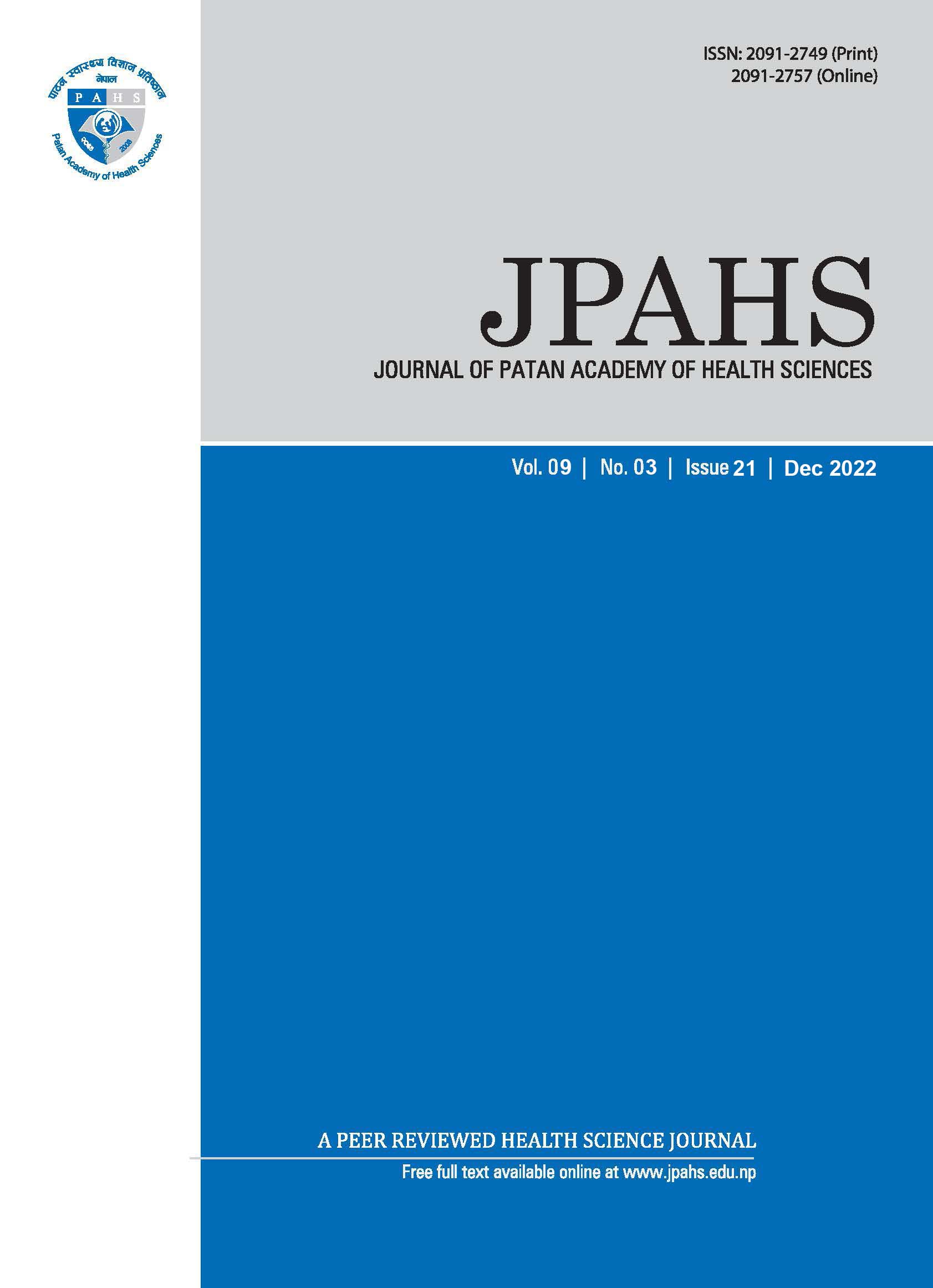Necessity of post-operative radiograph after percutaneous pinning of supracondylar humerus fracture
Keywords:
children, radiograph, supracondylar distal humerus fractureAbstract
Introduction: Complications after closed reduction and percutaneous pinning (CRPP) include loss of reduction, pin site infection and iatrogenic nerve injury. There is little evidence to support an ideal post-operative follow-up protocol, leading to variation based on surgeon’s preference. This study aimed to determine the necessity of frequent radiographs after CRPP for supracondylar humerus fracture in children.
Method: This was a prospective study involving 34 patients, who underwent CRPP for displaced supracondylar humerus fracture. Patients were divided into two groups: Group A were followed-up at 4 weeks, while Group B were followed-up at one, two and four weeks. All radiographs were evaluated for Baumann’s angle and anterior humeral line (AHL) relation with capitellum of humerus. There were 18 patients in group A and 16 patients in group B.
Result: Fourteen patients in Group A and 13 patients in Group B had less than six degree change in Baumann angle. There was no change in anterior humeral line relation with capitellum in either group.
Conclusion: This study found that loss of reduction after CRPP for supracondylar humerus fractures was similar in both groups. Therefore, post-operative radiographs after CRPP is not necessary.
Keywords: children; radiograph; supracondylar distal humerus fracture
Downloads
Published
How to Cite
Issue
Section
License
Copyright (c) 2025 Journal of Patan Academy of Health Sciences

This work is licensed under a Creative Commons Attribution 4.0 International License.






